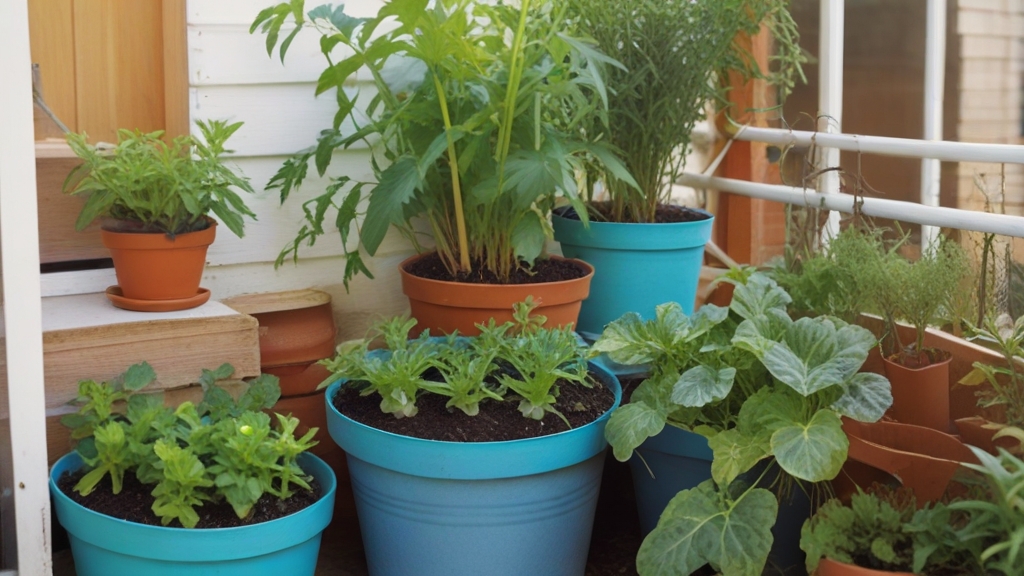Vegetable Garden Ideas – Growing your own vegetables is an incredibly rewarding experience look out of [Vegetable Garden Ideas]. Fresh, homegrown produce boasts superior flavor and satisfaction.
But where to begin? Whether you have a sprawling backyard or a tiny balcony, there’s a vegetable garden design for you. Let’s explore some creative ideas to get your green thumb growing!
1. Optimizing Space
the dream of a bountiful vegetable garden overflowing with fresh produce. But what if your space is more of a shoebox than a sprawling field?
Fear not, fellow veggie enthusiasts! With a little creativity and these space-optimizing techniques, you can transform even the most modest area into a thriving garden paradise.
a. Raised beds
Perfect for small areas or uneven ground, raised beds offer excellent drainage and allow you to control the soil quality.



| Read also: a. 21 House Yard Ideas | Modern Minimalist Yard Inspirations b. 29 Tiny House Interior Ideas | Modern Minimalist Design c. 37 Best Midsize-Minimalist House Building Design Ideas |
b. Container gardens
Ideal for balconies, patios, or sunny windowsills, container gardening lets you grow veggies anywhere. Choose pots based on plant size and drainage needs.



c. Vertical gardens
Maximize vertical space with hanging planters, trellises, or wall-mounted pockets. This is perfect for vining vegetables like beans, peas, and cucumbers.



2. Planning and Planting
the magic of transforming a blank canvas of soil into a thriving bounty of vegetables! Planning and planting are the essential first steps on this delicious journey.
Here’s where we dive into the exciting world of vegetable selection, layout strategies, and creating a space that caters to the specific needs of your chosen crops.
a. Pick your favorites
Start with vegetables you and your family love to eat.
The heart of a thriving vegetable garden lies not just in meticulous planning, but in pure enjoyment. After all, what’s the point of cultivating a harvest if you’re not excited to devour it? That’s why we believe the first step to a successful garden is remarkably simple: pick your favorites!
Imagine the satisfaction of biting into a juicy tomato you nurtured from seed, or tossing homegrown greens into a salad bursting with flavor.
By prioritizing vegetables your family loves, you’ll be more invested in their care, making the entire gardening experience more rewarding. Let’s explore how choosing your favorites sets the stage for a bountiful and delicious harvest!



b. Consider sunlight
Research the sunlight needs of each vegetable and plan your layout accordingly.
The sun! It’s the lifeblood of any thriving garden, and vegetables are no exception. Before you grab your seeds and trowel, take a moment to become a sunshine sleuth. Understanding how much sunlight each vegetable needs is the key to unlocking a bountiful harvest. In this section, we’ll delve into the fascinating world of sunlight requirements, helping you:
- Map your sun zones: Learn how to identify different sunlight areas in your garden throughout the day.
- Decoding seed packets: We’ll decipher the sunlight needs listed on seed packets, ensuring you plant each veggie in its perfect spot.
- Planning for success: Discover how to create a garden layout that maximizes sunlight exposure for all your favorite vegetables.
By becoming a sunshine strategist, you’ll be well on your way to growing healthy, vibrant vegetables that burst with flavor!



c. Theme it up
Design your garden around a specific cuisine, like a salsa garden with tomatoes, peppers, and onions, or a stir-fry garden with bok choy, broccoli, and snap peas.



d. Think beyond rows
Utilize companion planting, where certain vegetables benefit each other’s growth.
e. Succession planting
Plant crops that mature at different times to maximize your harvest throughout the season.
3. Spicing it Up
Ready to take your veggie patch to the next level? Welcome to the world of spicing up your vegetable garden! Here, we’ll ditch the mundane and explore exciting ideas that transform your plot from functional to fabulous.
- Interplant with pollinators: Attract helpful bees and butterflies by planting flowering herbs like borage or marigolds amongst your vegetables.
- Let there be beauty: Don’t limit your garden to just vegetables! Intersperse edible flowers like pansies or nasturtiums for a pop of color and a surprising addition to your salads.
- Embrace the French potager: This traditional kitchen garden style combines vegetables, herbs, and flowers in a beautiful and productive design.
4. Getting Started Tips – Vegetable Garden Ideas
- Know your climate: Research your planting zone and choose vegetables that thrive in your region’s temperatures and rainfall patterns.
- Start small: Don’t overwhelm yourself, especially if you’re a beginner. Gradually expand your garden size and variety as you gain experience.
- Mulch matters: Mulch helps retain moisture, suppress weeds, and regulate soil temperature.
- Compost is key: Compost provides essential nutrients for your plants and improves soil health.
buy online:: vegetable seeds – amazon






